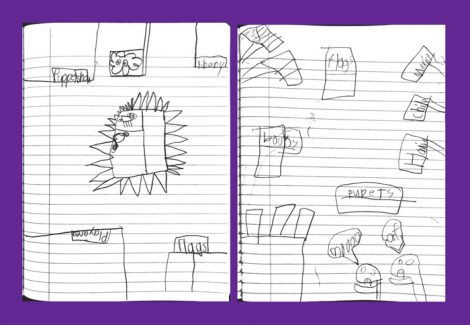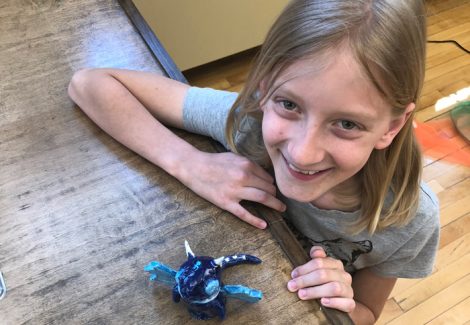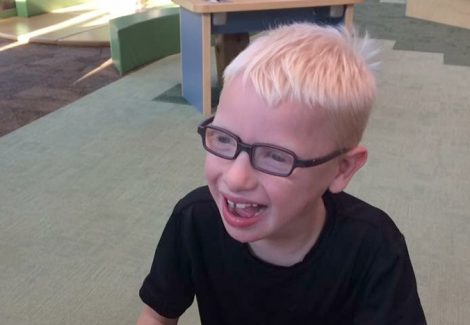More than 300 fifth-graders streamed into the Children’s Museum of South Dakota on Nov. 7, 2018, but it wasn’t your typical day of play.
These youth were embarking on a day of cultural appreciation that would include group activities, cultural conversation stations, and a chance to get to know their classmates in ways that were unexpected.
The goal of this event, organized by the Children’s Museum in collaboration with the South Dakota World Affairs Council, South Dakota State University, and Camelot Intermediate School, was to offer students the opportunity to develop cultural competency, understanding, and appreciation and to do so in a way that created new connections between the students.
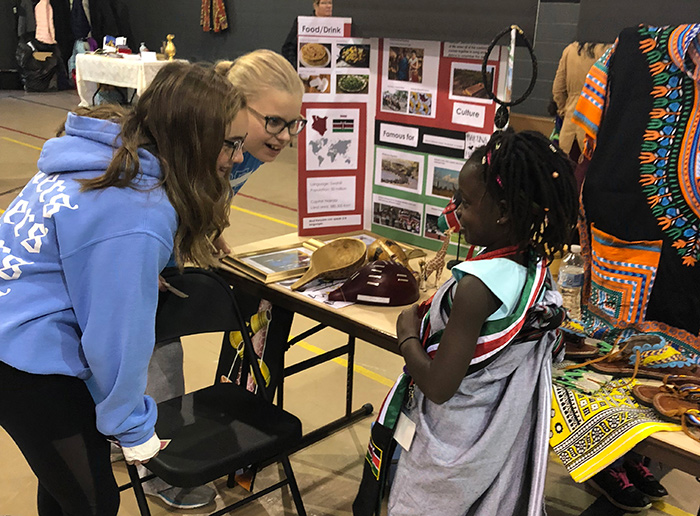
For this event, organizers strived to go beyond a cultural fair experience where students gain exposure to different cultures and work toward a more immersive experience where students also look inward at their own personal culture.
Throughout the day, students engaged in different activities to explore their own cultures. This led to opportunities for children to share parts of their identity that they felt were often mistaken or overlooked. Those who facilitated the activities created an environment that was safe for sharing and encouraged students to have a genuine desire to learn more about each other. Here’s a sample of the types of narratives that students shared:
“I get mistaken for a boy because I have short hair. I am a girl who likes to play sports and may not dress like other girls.”
“I avoid telling other people that I am Muslim because it is personal and private me.”
“I am proud of my Latina heritage, and especially my mother. Many people assume I just have tan skin. They don’t realize that I am Latina.”
As students worked to identify what made themselves unique, they naturally seemed to gain a deeper appreciation for the diversity of others. This brought great richness and depth to the day.
At the heart of all of this exploration is dialogue. As students learned about their similarities and differences, they created connections and were offered lessons in perspective resulting in deeper understanding.
It’s human nature to look at someone and make assumptions. But moving past the assumptions and getting to know someone offers opportunities to engage and to learn more. This was especially evident during an activity where students were asked to add toppings to a pizza that described who they were. Toppings represented aspects of their personal culture such as age, gender, ethnicity, and different abilities.
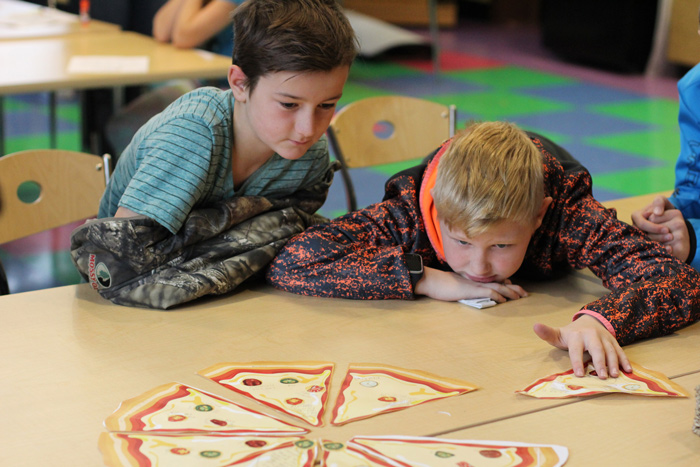
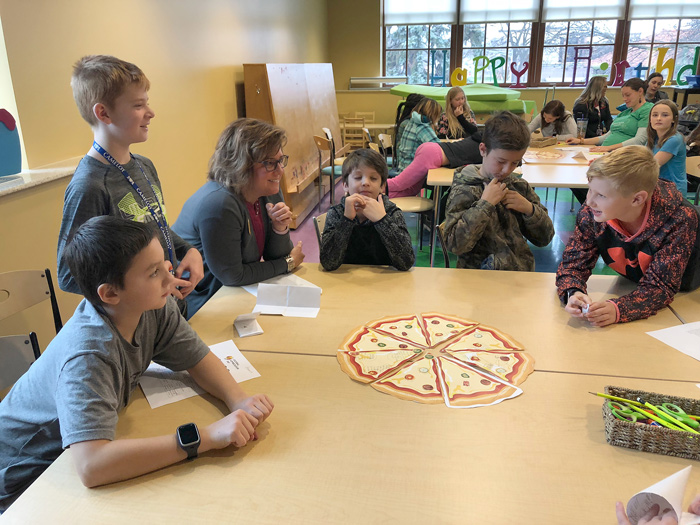
During that activity, one young girl shared that the most important aspect of her personal culture is that she is a female. Another student asked her why. She simply replied, “My Father was born in Japan and he told me that everyone honors and respects their Grandmother.”
The leader asked her if she felt the same thing was true in America. She quickly replied, “No, I don’t think girls are respected as much here. Because my father and grandmother are Japanese, being a woman is very important to me.” This brought up a conversation that allowed students to further understand her experience and created a chance to learn something that may not have naturally been a part of their typical school day.
Cultural Appreciation Day was a fully-immersive one-day event. The stories shared here have barely scratched the surface. But even with this seemingly small amount of time, the event is creating an important impact. This is the second year the event has taken place and organizers are preparing the curriculum in hopes of being able to replicate it in other communities in the state.
A post-survey sent to all of the event’s participants showed that nearly 93% of students understand that they have their own personal culture, 73% feel they could explain their personal culture to a friend, and 97% of the students feel comfortable communicating with people who look different than themselves. These are important takeaways and one can only imagine the power of continuing this conversation. Are you ready?




